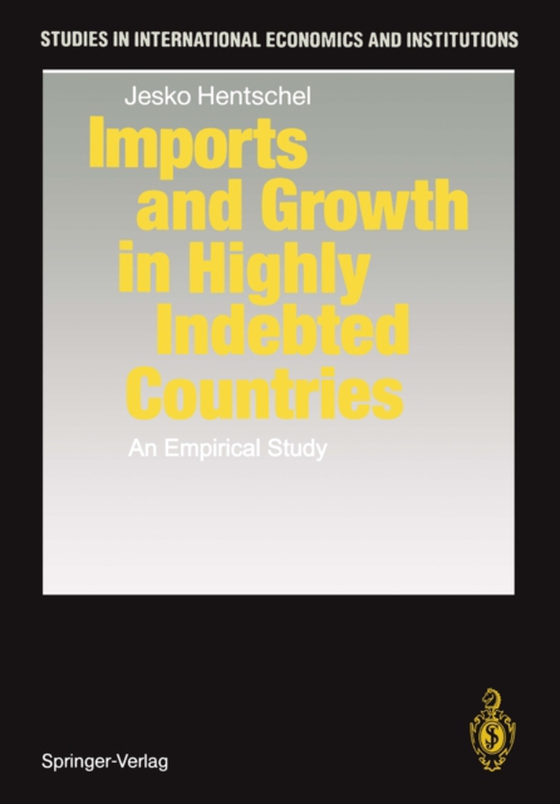
Imports and Growth in Highly Indebted Countries e-bog
875,33 DKK
(inkl. moms 1094,16 DKK)
A real imports of capital and intermediate goods declinedsharply for highlyindebted countries in the 1980s, theseeconomies were faced with the need tosubstitute previouslyimported factors of production with domestic capital andlabor. The study empirically analyzes the degree of importdependence of twelve developing countries. Estimates of theshort-run elasticit...
E-bog
875,33 DKK
Forlag
Springer
Udgivet
6 december 2012
Genrer
Economic theory and philosophy
Sprog
English
Format
pdf
Beskyttelse
LCP
ISBN
9783642467707
A real imports of capital and intermediate goods declinedsharply for highlyindebted countries in the 1980s, theseeconomies were faced with the need tosubstitute previouslyimported factors of production with domestic capital andlabor. The study empirically analyzes the degree of importdependence of twelve developing countries. Estimates of theshort-run elasticity of substitution characterize bothimported capital and intermediate goods to behave likecomplements in the production process in the developingcountries. Long-run substitution elasticites differconsiderably among the group of economies, especially forimported machinery and equipment. The results indicate thatinward-oriented strategies have not achieved the aim ofreducing the import dependence of the developing economies. In order to visualize theimplications of the differingdegree of import dependence, a partial equilibriumeconometric model is used to analyze the reaction of thetrade account on external shocks and domestic policies inColumbia and Ecuador. Simulations show that the dependenceon imported production means can transform an "e;adjustmentwith growth"e; of the external account intoan "e;adjustment orgrowth"e; controversy.
 Dansk
Dansk

